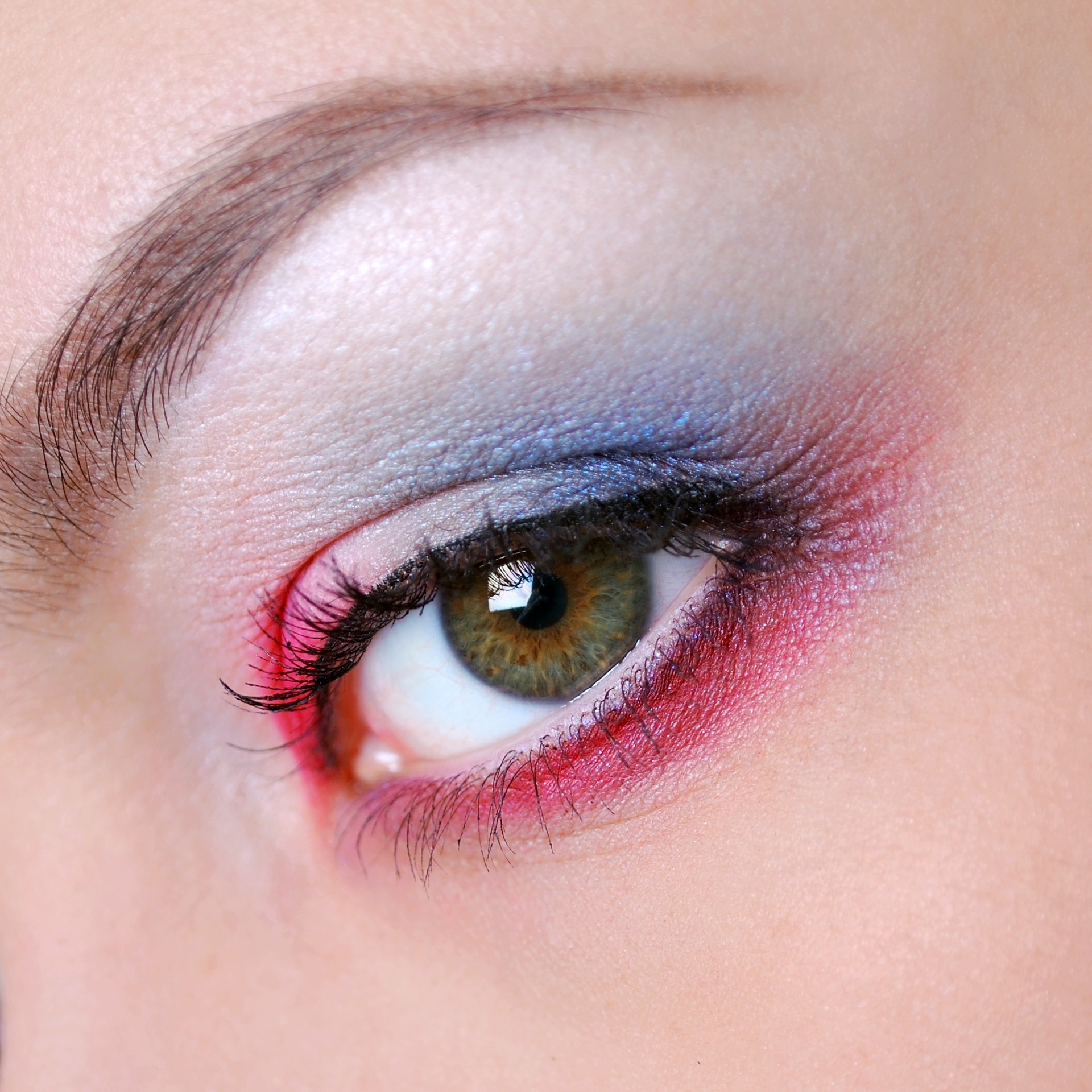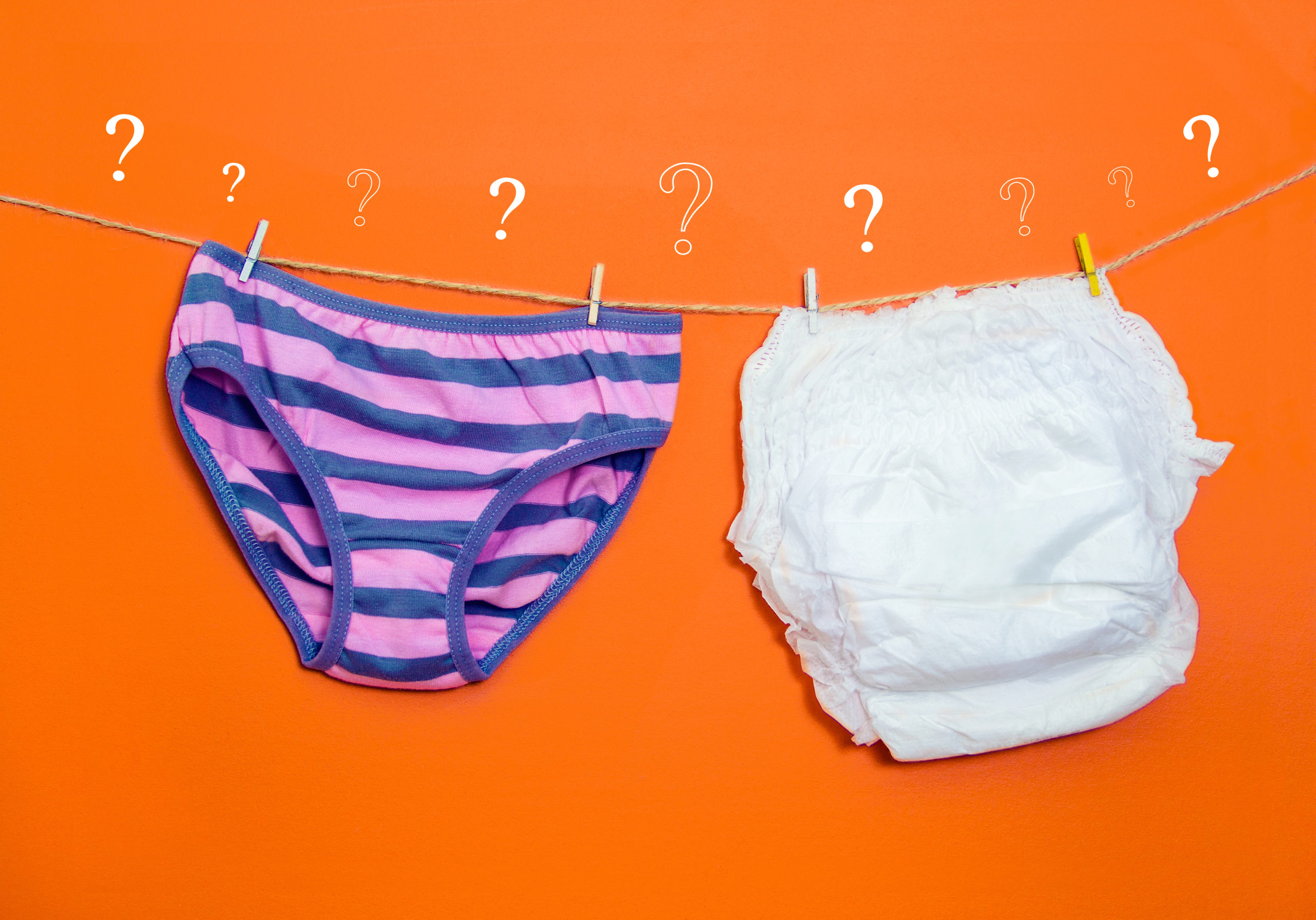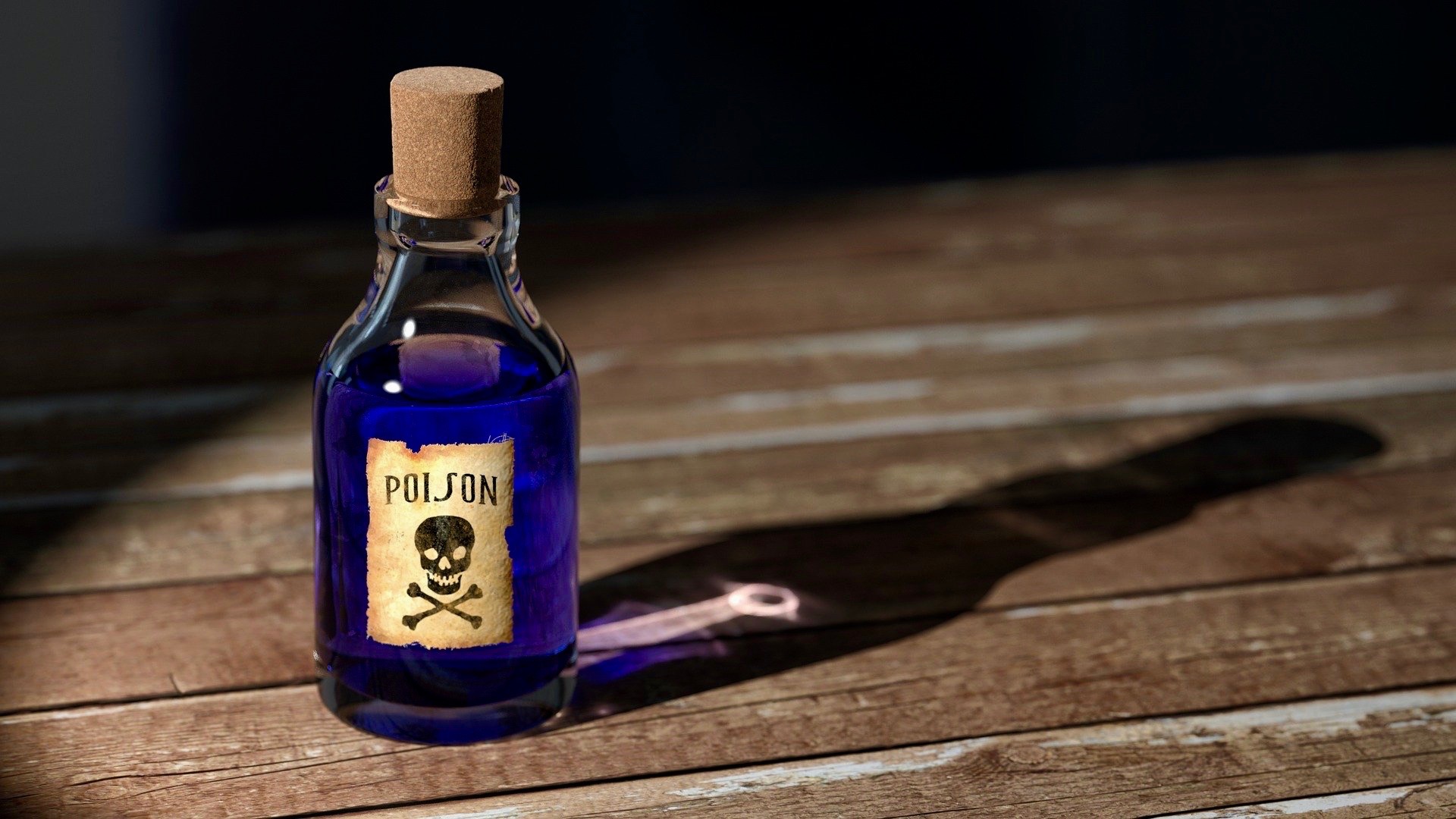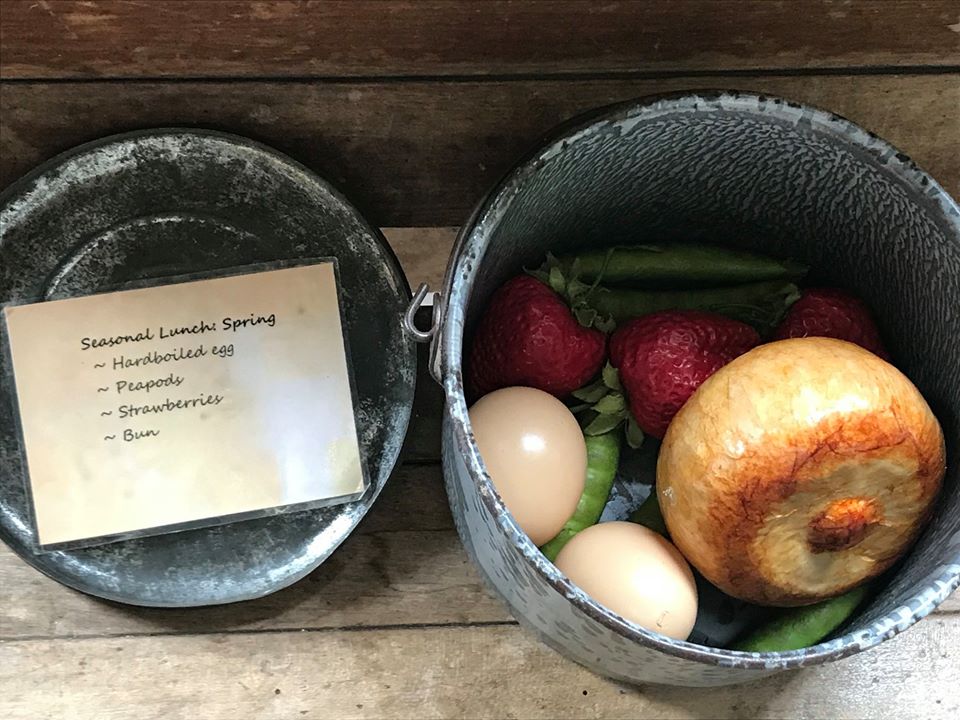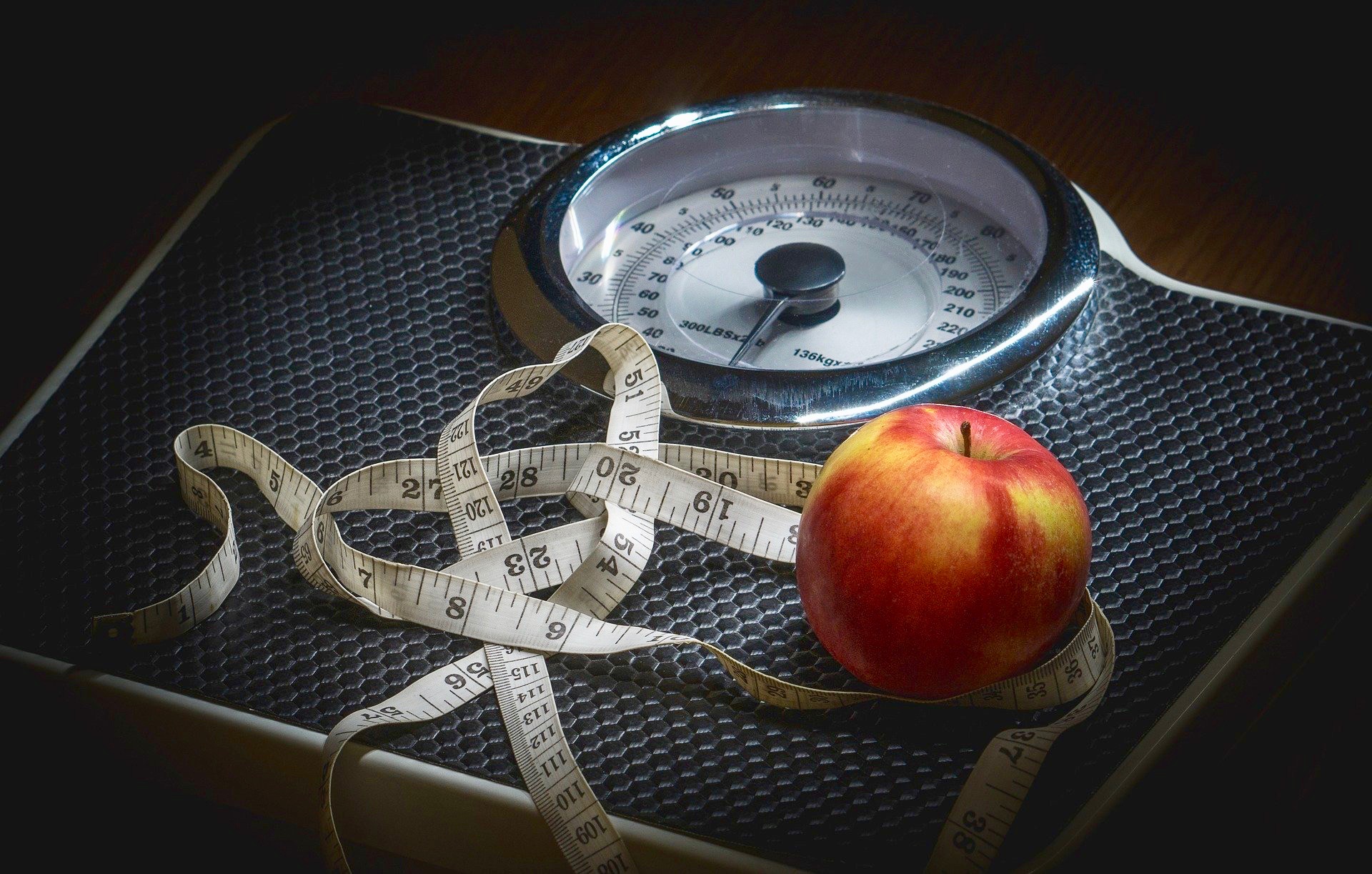Lead And Coal Tar On Your Head.
There are hundreds of hair dye products that consumers can choose from, and in those hundreds of products are combinations of more than 5,000 different chemicals that are not always listed on the label. It’s important that if coloring one’s hair that chemical exposure is considered, as many hair coloring products contain carcinogenic ingredients.
Researchers at the National Institute of Environmental Health Sciences used data from the Sister Study involving nearly 50,000 women. Their study revealed a higher risk of breast cancer in those using hair dye, with the prevalence among African American women particularly high.
Consider The Chemicals.
The Consumer Product Information Database lists 182 brands of permanent hair color and 30 brands of semi-permanent hair dye. After selecting the product, one can scroll down and see the chemicals of concern and any health effects. In addition, the Environmental Working Group’s Skin Deep database lists 783 hair color products.
You’ve probably seen Madison Reed advertisements all over social media. That’s because no matter where you look, it’s listed as one of the safest hair colors available at this time. If you google “Madison Reed Hair Color Safety” be prepared to read for many hours. Good Housekeeping has a terrific article reviewing hair dyes with many popular brands featured. As for Madison Reed, it’s only sold on their website but if you have an Ulta store near you, they may carry it.
Retin Is Safe… Or Is It?
Are there Vitamin A and retinol derivatives in your anti-aging products, moisturizers, anti-acne products, or foundation? Synthetic vitamin A can cause cancer when exposed to sunlight and, whoops, these products are on your face! Which sources of vitamin A are safe and which aren’t? Made Safe Organization points out that we need to check for derivatives of “retin,” including retinyl, retinol and retinoic acid.
Tailpipe Emissions In Our Personal Care Products.
Cancer.gov lists auto emissions as one source of exposure to formaldehyde but it can also show up in lotions, shower gels, baby wash, shampoo, wrinkle-free clothing, and bed linens. It can be tricky to detect formaldehyde because it’s also listed as bronopol, DMDM Hydantoin, or quaternium 15. Thus, it’s especially important to check all of your personal care products because the potential health effects from exposure to formaldehyde include skin rashes, cancer, and asthma. You can check your personal care products at the Campaign for Safe Cosmetics, MadeSafe, and/or Skin Deep.
Have you seen the amazing product offerings from Hugh & Grace? Their goal is to help reduce your chemical body load by creating products that have been formulated to reduce your use of endocrine disrupting chemicals that are linked to infertility, autism, asthma and more.
Tweens And Teens.
They need safer body care products and cosmetics, too. Educate them to use fragrance-free products and to pay more attention to the claims “no parabens” or “phthalate free” over “certified hypoallergenic” or “dermatologist tested.” Young people need to be aware that the choices they are making will either compound or diffuse the choices that previous generations made when it comes to environmental toxicants. This is a great 8-minute video — show it to a tween or teen and it just might spark their interest in doing a term paper or a report on the topic!
Plastic Waste From Beauty Products.
The chemicals in our beauty products are certainly worth considering for the health of our bodies, but what about the health of the environment? EcoPrincess Warrior gives the scoop on brands that are tackling the problem of plastic packaging!
Corporate Responsibility.
The 7 biggest companies manufacturing personal care products aren’t listening. Check out this webpage from Safe Cosmetics and be sure to click on “more” at the bottom of each company to see which additional brands the parent company owns, ie. Estee Lauder owns Clinique, while Johnson & Johnson owns Aveeno and Neutrogena. Remember, you DO have the power to boycott these companies until they DO listen!
Soap Or Sanitize?
Which is best — is it antibacterial soap (I’ll give you a clue: no!), is it hand sanitizer, or is it good old soap and hot water? According to Toxic-Free Future, lathering your hands vigorously for 20 seconds while using hot water can remove both chemical contaminants and germs. And if you do need a hand-sanitizer, use EWG’s Skin Deep website to find one with the least amount of toxic chemicals.
Beauty From The Mat.
You’ve decided to start doing yoga regularly because you’ve heard it’s great for maintaining youthfulness, and a yoga mat will help you from slipping in the poses. But wouldn’t you know it? Now you have to be aware of the chemicals in your yoga mat! Check out this link to review the best and worst yoga mats so you can avoid phthalates, PVC, and other plasticizers while trying to do something good for your health!
Another blog that you might be interested in that I posted last year is, “Lathering Bodies with Chemical Slurries.”

